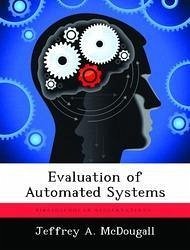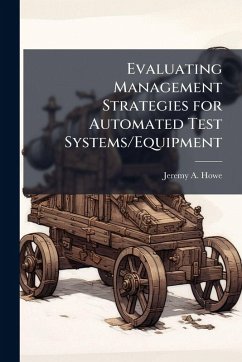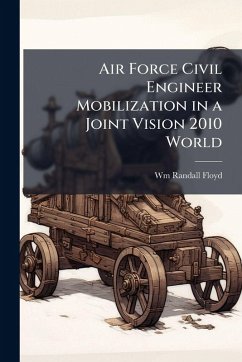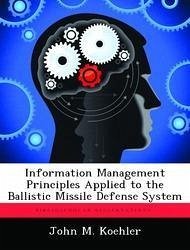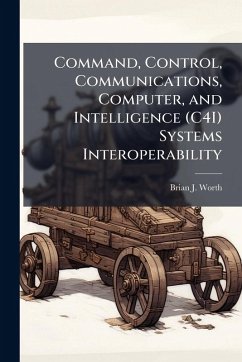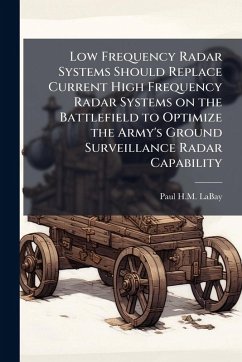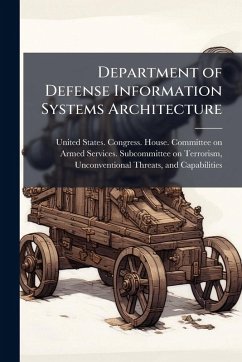
Evaluating Air Force Civil Engineers' Current Automated Information Systems
Versandkostenfrei!
Versandfertig in über 4 Wochen
20,99 €
inkl. MwSt.

PAYBACK Punkte
10 °P sammeln!
Almost every organization has some form of information system where data is captured and stored for later use. The Air Force civil engineering organization is no exception and is in the process of transitioning from the Interim Work Information Management System (WIMS) to the Automated Civil Engineer System (ACES). This research focused on users' perceptions of both database and data importance to determine if significant differences existed between various user sub-groups. The research also attempted to identify the most frequently reported problems regarding system usage. The methods of anal...
Almost every organization has some form of information system where data is captured and stored for later use. The Air Force civil engineering organization is no exception and is in the process of transitioning from the Interim Work Information Management System (WIMS) to the Automated Civil Engineer System (ACES). This research focused on users' perceptions of both database and data importance to determine if significant differences existed between various user sub-groups. The research also attempted to identify the most frequently reported problems regarding system usage. The methods of analysis of variance and content analysis were used to answer the research questions using survey responses from a sample size of 814. The results indicate that civil engineers "slightly agree" that their database and the data it collects are important. However, significant differences in perception levels were found between men and women, between some major commands (MAJCOMs), between users of different systems, and between personnel of different rank. Content analysis of comments in response to open-ended questions found that users are generally satisfied with their current system. However, areas of concern included slow system speed, lack of a user-friendly report writing feature, and poor reliability. This work has been selected by scholars as being culturally important, and is part of the knowledge base of civilization as we know it. This work was reproduced from the original artifact, and remains as true to the original work as possible. Therefore, you will see the original copyright references, library stamps (as most of these works have been housed in our most important libraries around the world), and other notations in the work. This work is in the public domain in the United States of America, and possibly other nations. Within the United States, you may freely copy and distribute this work, as no entity (individual or corporate) has a copyright on the body of the work. As a reproduction of a historical artifact, this work may contain missing or blurred pages, poor pictures, errant marks, etc. Scholars believe, and we concur, that this work is important enough to be preserved, reproduced, and made generally available to the public. We appreciate your support of the preservation process, and thank you for being an important part of keeping this knowledge alive and relevant.



